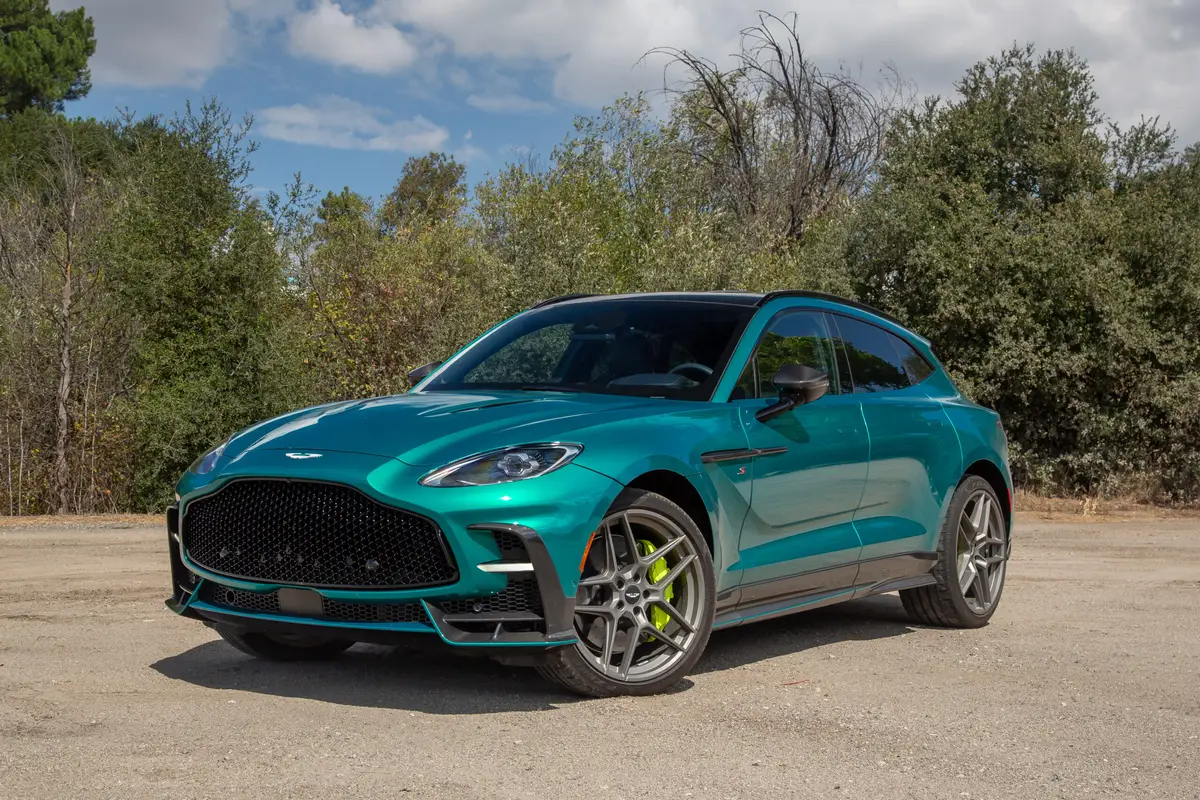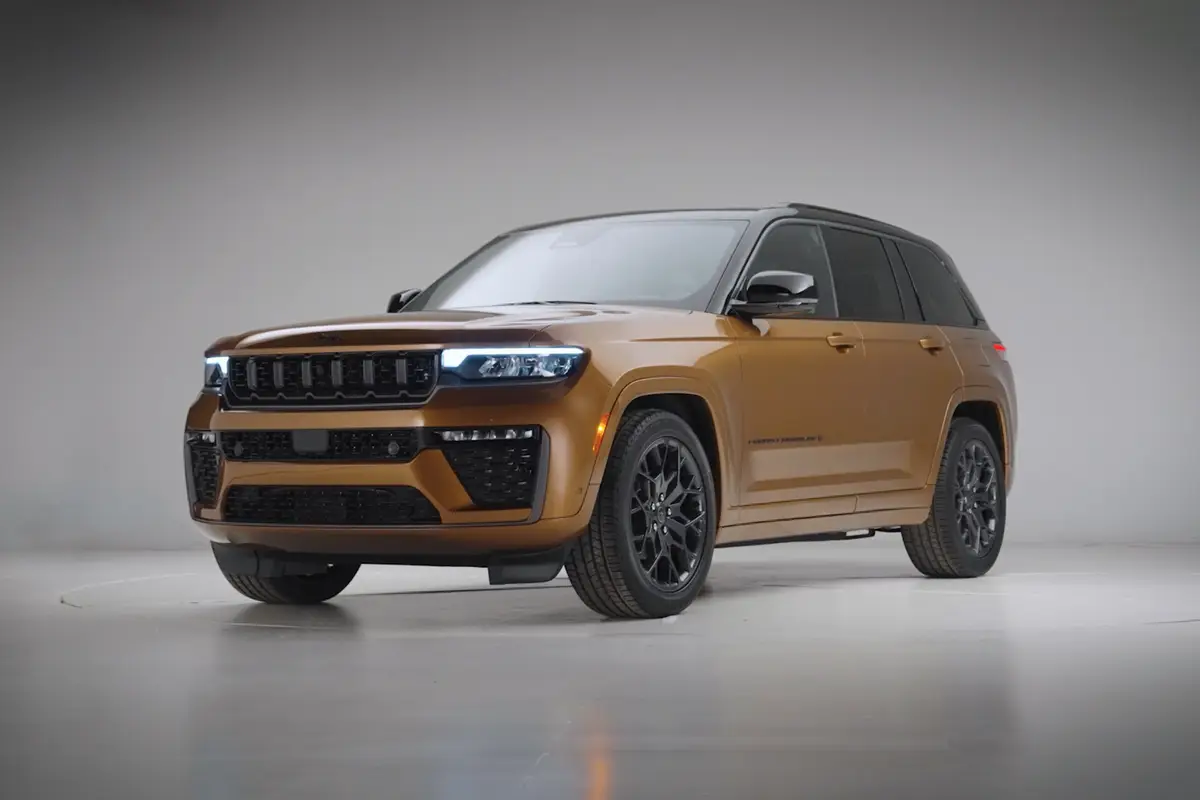2014 Porsche Cayman: What's New
Vehicle Overview
Not long after a redesigned Boxster convertible hit Porsche dealerships, the automaker unveiled a redesign of car’s hardtop sibling, the Cayman. Its formula of less weight and greater efficiency is, not surprisingly, similar to the soft-top Boxster’s.
The drive for better fuel efficiency has touched all segments of the car market, including the realm of high-priced sports cars where Porsche competes. You can see the results in the new Cayman, which makes slightly more power, weighs slightly less, gets better estimated gas mileage and is a little quicker to 60 mph compared with the previous model.
Like the Boxster, the Cayman competes with the BMW Z4, Mercedes-Benz SLK-Class and Audi TT. It comes as a Cayman and higher-power Cayman S.
Exterior
The 2014 Cayman’s new sheet metal consists of steel and aluminum pieces, and the car’s overall curb weight is down 44 to 66 pounds, depending on the trim level. Like the Boxster, the new Cayman’s exterior design builds upon familiar styling, as opposed to striking out in a different design direction. The car’s wheelbase is up 2.4 inches, and both axles have a wider track. Eighteen, 19- and 20-inch wheels are available.
The Cayman’s mid-engine layout improves weight distribution and enhances practicality, as the car has front and rear luggage compartments that measure 5.3 and 9.7 cubic feet, respectively. The latter figure is up about half a cubic foot over the last Cayman’s trunk.
Interior
The two-seat cabin’s styling is similar to the Boxster’s, featuring the same flow-through center console and dashboard. The gauges include a 4.6-inch screen in the rightmost gauge with trip-computer functions and a secondary display for the optional navigation system. The standard stereo has a dashboard touch-screen, with Burmester audio optional. The standard sport seats have power recliners, with full-power adjustments optional. Other options include leather-wrapped dashboard and keyless access.
Under the Hood
The base Cayman is powered by a 275-horsepower, 2.7-liter flat-six engine while the S version gets a 325-hp, 3.4-liter flat-six; power is up 10 hp and 5 hp, respectively. Both engines employ direct injection and auto-stop systems at idle. As before, the engine is mounted behind the seats, and power is fed to the rear wheels through a six-speed manual or a seven-speed dual-clutch automatic transmission.
An adaptive suspension is optional, as is a torque-vectoring system that sends extra power to the outside rear wheel during corners to improve handling. The latter system comes with an electronically locking rear differential. The Cayman’s standard Sport mode quickens drivetrain response, while an optional Sport Chrono package includes even faster shifting plus launch control. Porsche says it can shave 0.2 second off the Cayman’s 0-to-60 time.
The Cayman can accelerate from zero to 60 mph in 5.1 to 5.4 seconds, depending on transmission and other equipment, while the S can sprint to 60 mph in 4.4 to 4.7 seconds, according to Porsche.
Safety
All-disc antilock brakes and an electronic stability system are standard. The Cayman S gets larger discs, the same as those on the 911 Carrera. A forward collision warning system with automatic braking is optional.
Featured stories


2026 Aston Martin DBX S Review: Excellence in (DB)X S


